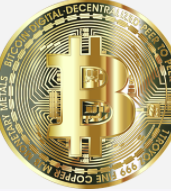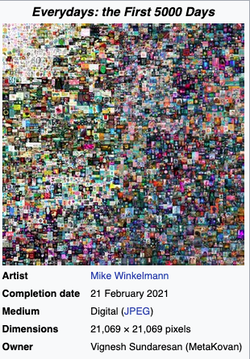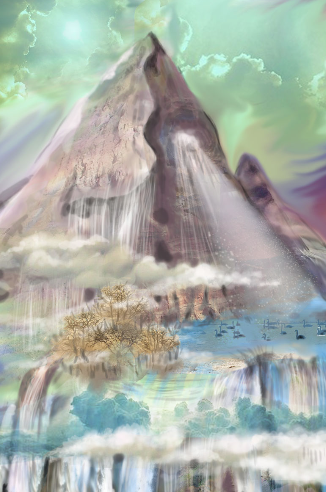About NFT, non fungible token “Non fungible” more or less means that it's unique and can't be replaced with something else. In contrast, “fungible” would be something you own and could trade with something that is exactly the same. Go Back In Time Around 2009, when I first encountered the definition of Bitcoin up close in real life. Bitcoin is a decentralized digital currency, without a central bank or single administrator, that can be sent from user to user on the peer-to-peer bitcoin network without the need for intermediaries. At that time, the image of Bitcoin was between investment and speculation. It was sometimes explained with the concepts of black money or money laundry, so it was an unknown currency to the public. I thought of your Bitcoin as something out of the ordinary, but like a lottery ticket for the lucky ones. At that time, I received an offer for Bitcoin from a visitor. What if I could sell my paintings for Bitcoin? Perhaps my future would have been a little different if I had sold my paintings in Bitcoin. As far as I know, many people have had a lot of opportunities just passed by, like in my case. Now, Bitcoin is quite well known, and it is sometimes invested as a financial product. It is a familiar story that always comes up when people are interested in personal finance and investments. And nowadays, the hot topic of 2021 has been moved to NFT. It also means that interest in digital images and digital copyrights has increased among the people. Since I am doing digital artwork, I am even very concerned about this concept of NFT. Ultimately, I want the original image I created to be traceable and valuable. And I hope the people who buy my digital works will benefit more over time. NFT is equipped with a blockchain-based built-in scarcity value and verification system in the digital image in line with this concept.  When you buy an NFT, the person who buys it owns the "real" original file. The more this digital content is consumed and famous, the more value the original owner gets. Traditionally, once work is physically sold in the art world, the artist no longer has revenue from future sales. That's it. However, if you sell digital files via NFT, you will continue to make money after the first transaction. As the original creator of a digital asset, you receive a discount on all future sales of that NFT. The concept is similar to royalty, with the main difference being that NFTs can be automatically tracked and reconciled using a blockchain that does not require a third party. With NFT, these royalties are automatically collected and distributed to all sales via a decentralized blockchain. Ultimately, NFTs allow digital artists to create scarcity for their creations, track future sales of those works, and share the future value created. An NFT is like its digital equivalent. In other words, with NFT, the blockchain acts as a built-in verification system that can instantly trace an item to its origin. Because NFT can create digital scarcity, they can satisfy the collector's desire for the files. It can also be used as a store of value that potentially grows over time.  NFT's most expensive work, source by Wikipedia NFT's most expensive work, source by Wikipedia This collection of 5,000 images is the most expensive NFT Sold. This digital art piece is called EVERYDAYS: THE FIRST 5000 DAYS and was created by artist Mike Winkelmann, also known as Beeple. Everydays sold for $69.3 million on March 11, 2021. Criticism of the NFT is not uncommon. No matter how “original” they are, digital files are just data in the computer. The Conversation, a non-profit academic media, pointed out that “NFT works are ‘consensual hallucinations,’ and they work because of the mutual hallucination of scarcity.” The media said of buying an NFT work even though you can make a copy of the original, saying, "You're just paying for the aura of authenticity, and the ability to sell that aura to others." There is also the view that the popularity of NFTs has been overestimated in the first place.
0 Comments
Leave a Reply. |
Myungja Anna KohArtist Categories
All
Archives
July 2024
|
Proudly powered by Weebly


 RSS Feed
RSS Feed